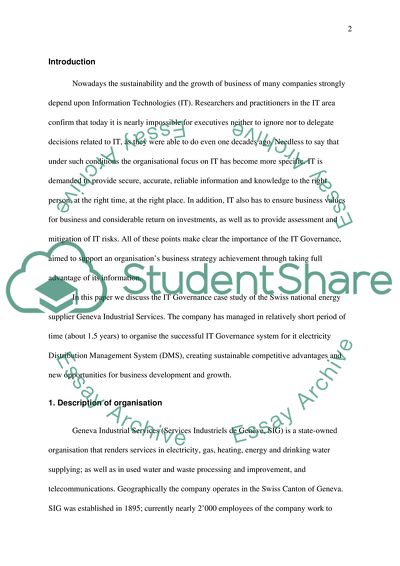Cite this document
(“IT Governance Project in Geneva Industrial Services Essay”, n.d.)
IT Governance Project in Geneva Industrial Services Essay. Retrieved from https://studentshare.org/information-technology/1573816-it-governance-project-in-geneva-industrial-services
IT Governance Project in Geneva Industrial Services Essay. Retrieved from https://studentshare.org/information-technology/1573816-it-governance-project-in-geneva-industrial-services
(IT Governance Project in Geneva Industrial Services Essay)
IT Governance Project in Geneva Industrial Services Essay. https://studentshare.org/information-technology/1573816-it-governance-project-in-geneva-industrial-services.
IT Governance Project in Geneva Industrial Services Essay. https://studentshare.org/information-technology/1573816-it-governance-project-in-geneva-industrial-services.
“IT Governance Project in Geneva Industrial Services Essay”, n.d. https://studentshare.org/information-technology/1573816-it-governance-project-in-geneva-industrial-services.


